The drying Amazon rainforest: a drought that affects the world
The Amazon is suffering a drought of historic severity and it’s pushing its inhabitants to their limit
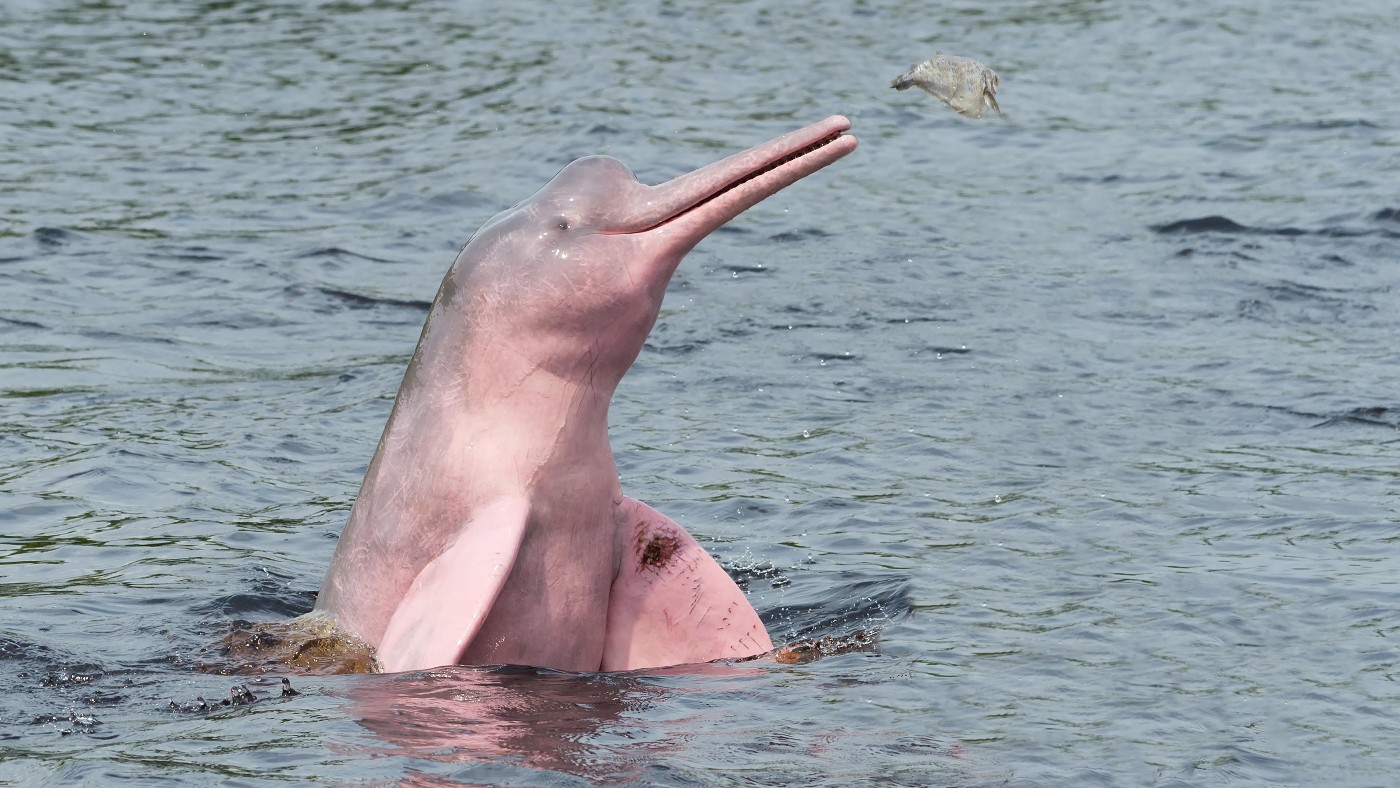
Few things speak so eloquently of the plight of the world’s biggest freshwater basin than the decaying carcasses of the Amazon’s pink river dolphins, says Um só Planeta (Rio de Janeiro).
Since mid-September, 130 of these beautiful, endangered creatures have washed up on riverbanks in and around Lake Tefé, which lies at the heart of Brazil’s Amazonas state. Much of the water has dried up – in September the Amazon fell 30cm a day over a period of two weeks – and such water as does remain is too hot for most dolphins, and for the thousands of fish, to survive in.
No fish to catch, no water to drink
The Amazon is suffering a drought of historic severity and it’s pushing its inhabitants to their limit, said Joan Royo Gual in El País (Madrid). The rivers of Brazil’s north are its highways, but now many are too shallow for canoes to navigate. So hundreds and thousands of people in jungle villages are stranded. There are no fish to catch. There’s little drinking water. And the giant hydroelectric plant on the Madeira River has had to shut its turbines.
The Week
Escape your echo chamber. Get the facts behind the news, plus analysis from multiple perspectives.

Sign up for The Week's Free Newsletters
From our morning news briefing to a weekly Good News Newsletter, get the best of The Week delivered directly to your inbox.
From our morning news briefing to a weekly Good News Newsletter, get the best of The Week delivered directly to your inbox.
The rest of Brazil is affected too, because Manaus, capital of Amazonas, is the industrial hub where many of Brazil’s TVs, dishwashers and air-con units are made. “All that merchandise leaves the city in trucks aboard rafts”– but maybe not for much longer. The weather system known as El Niño – an abnormal warming of surface waters in the Pacific – intermittently causes droughts in the Amazon region, said Wérica Lima in Amazônia Real (Rio de Janeiro), but its effects have been exacerbated this year by the simultaneous warming of waters in the North Atlantic brought on by climate change. Together, these systems have so inhibited the formation of clouds that rainfall in one city fell to a quarter of its normal September levels. And polluting smoke from the resulting forest fires has further inhibited rainfall.
Deforestation devastation
It’s not just down to the weather, said Lucas Ferrante on The Conversation. Deforestation is also a key part of the problem. With the land drier than ever, deforesters find it easy to burn vegetation and open up the land for soya or cattle pasture. And the building of the BR-319 highway, which is slicing through one of the most conserved blocks of forest and bringing deforesters with it, is making things worse.
Deforestation makes it ever harder for the rainforest to recover from droughts, said Alind Chauhan in The Indian Express (Delhi), and that ability to recover, as a study in Nature has shown, may have reached a tipping point. If it does tip, the lush green forest would turn into drier open savannah, release vast amounts of stored carbon, and accelerate global warming. That’s why the need to halt the deforestation is so vital. The Amazon may seem a distant world, but every corner of Earth is affected by its fate.
A free daily email with the biggest news stories of the day – and the best features from TheWeek.com
-
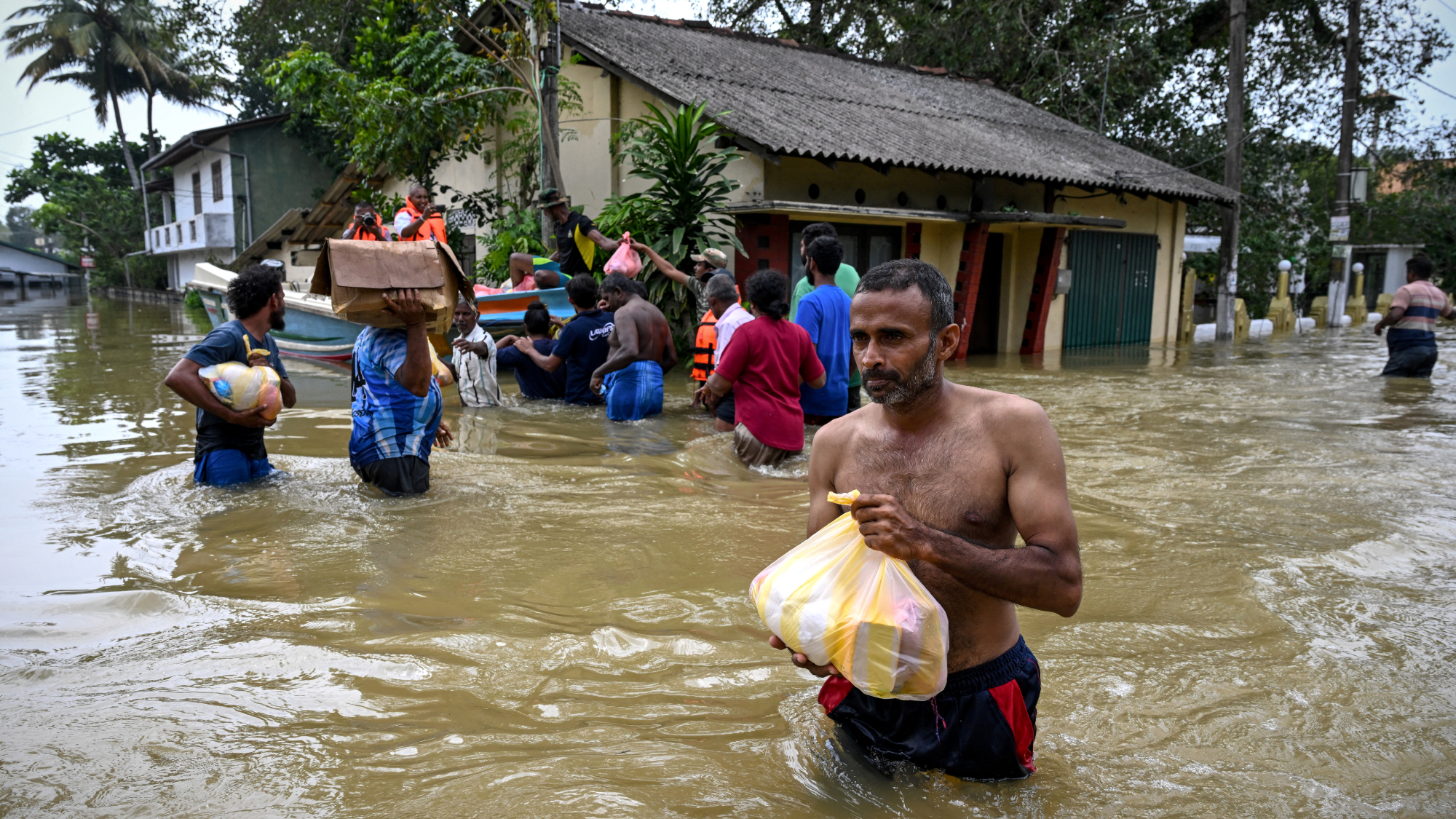 Death toll from Southeast Asia storms tops 1,000
Death toll from Southeast Asia storms tops 1,000speed read Catastrophic floods and landslides have struck Sri Lanka, Indonesia, Thailand and Malaysia
-
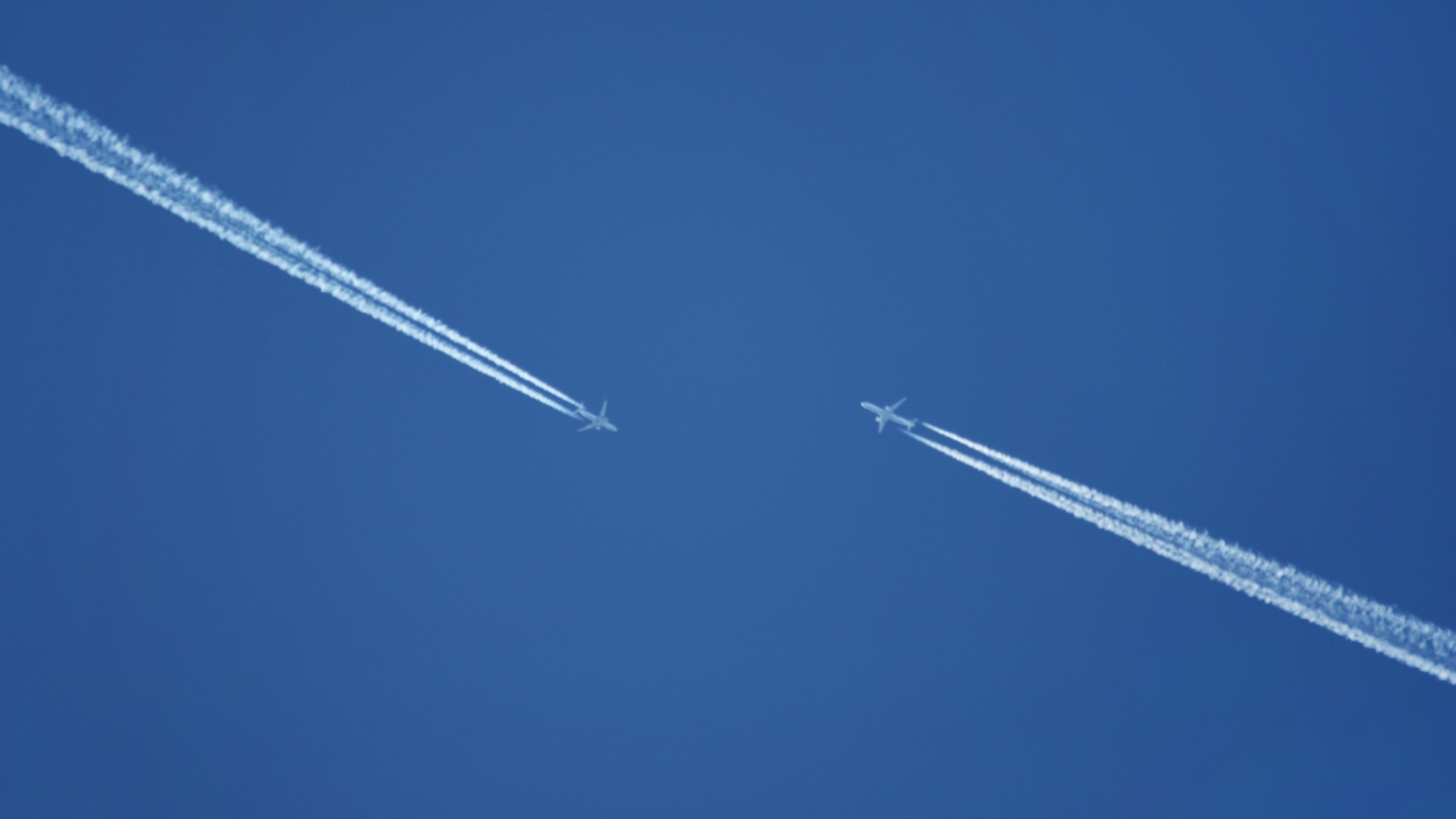 Can for-profit geoengineering put a pause on climate change?
Can for-profit geoengineering put a pause on climate change?In the Spotlight Stardust Solutions wants to dim the sun. Scientists are worried.
-
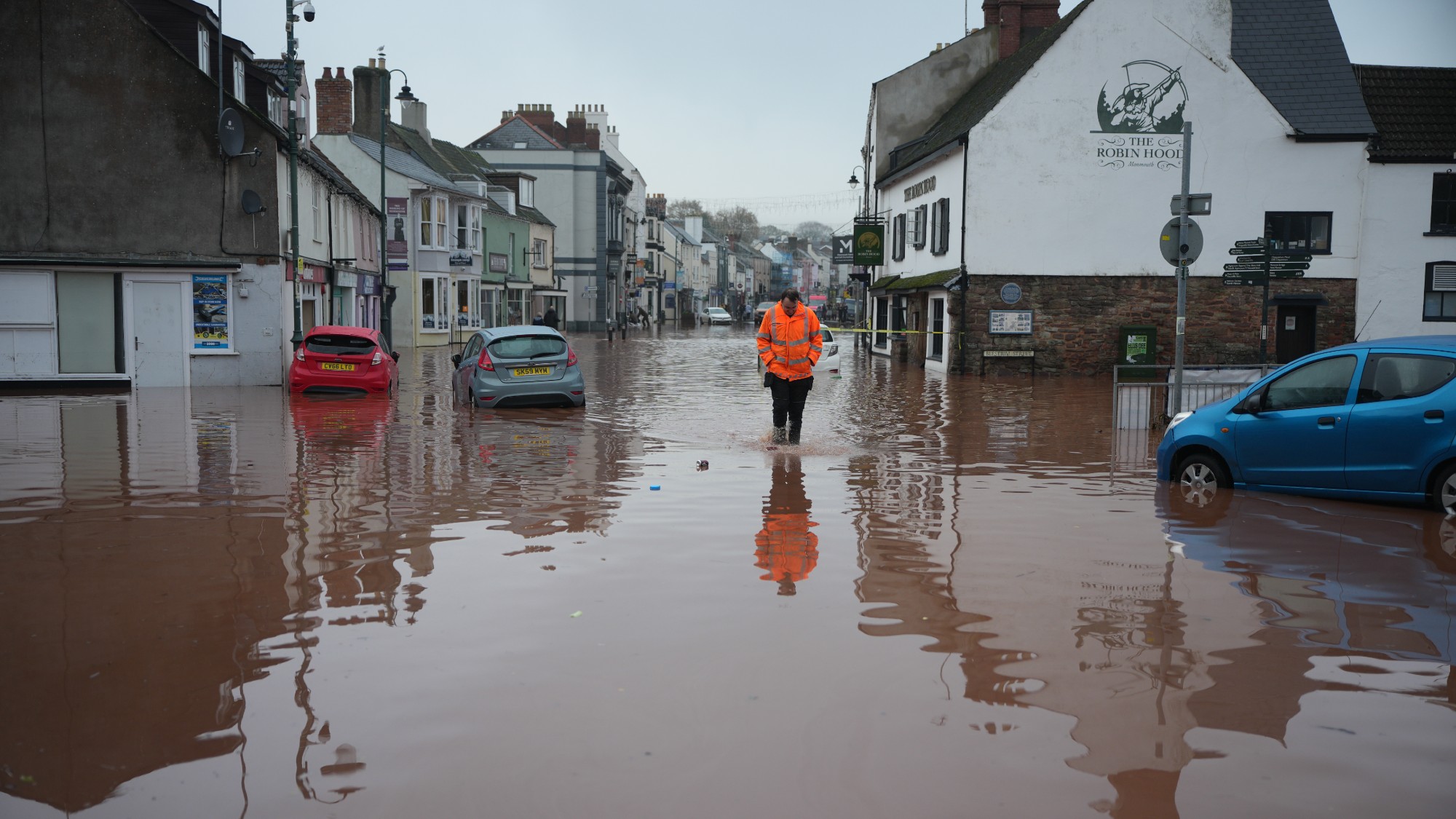 How will climate change affect the UK?
How will climate change affect the UK?The Explainer Met Office projections show the UK getting substantially warmer and wetter – with more extreme weather events
-
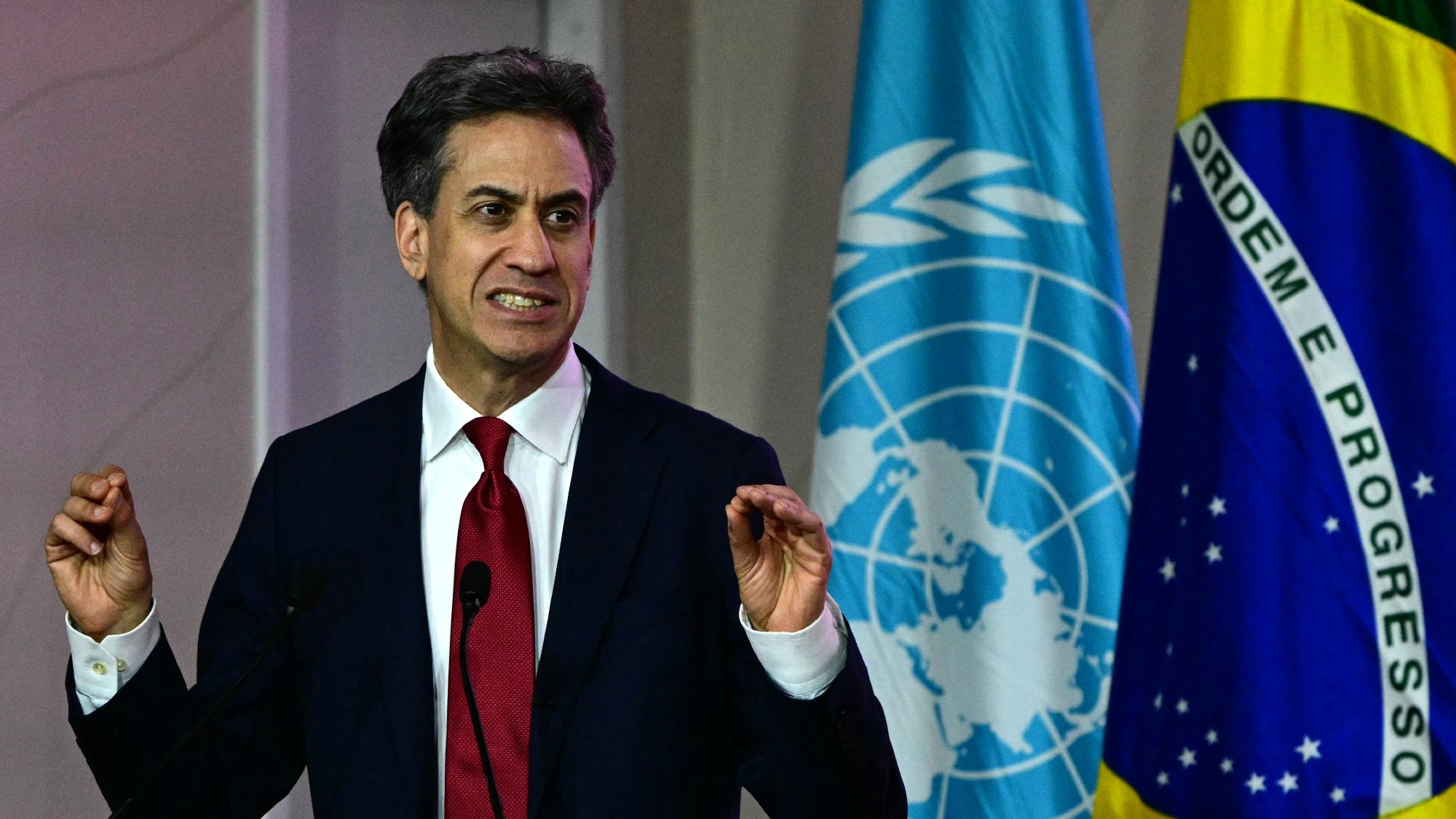 Can the UK do more on climate change?
Can the UK do more on climate change?Today's Big Question Labour has shown leadership in the face of fraying international consensus, but must show the public their green mission is ‘a net benefit, not a net cost’
-
 Did Cop30 fulfil its promise to Indigenous Brazilians?
Did Cop30 fulfil its promise to Indigenous Brazilians?Today’s Big Question Brazilian president approves 10 new protected territories, following ‘unprecedented’ Indigenous presence at conference, both as delegates and protesters
-
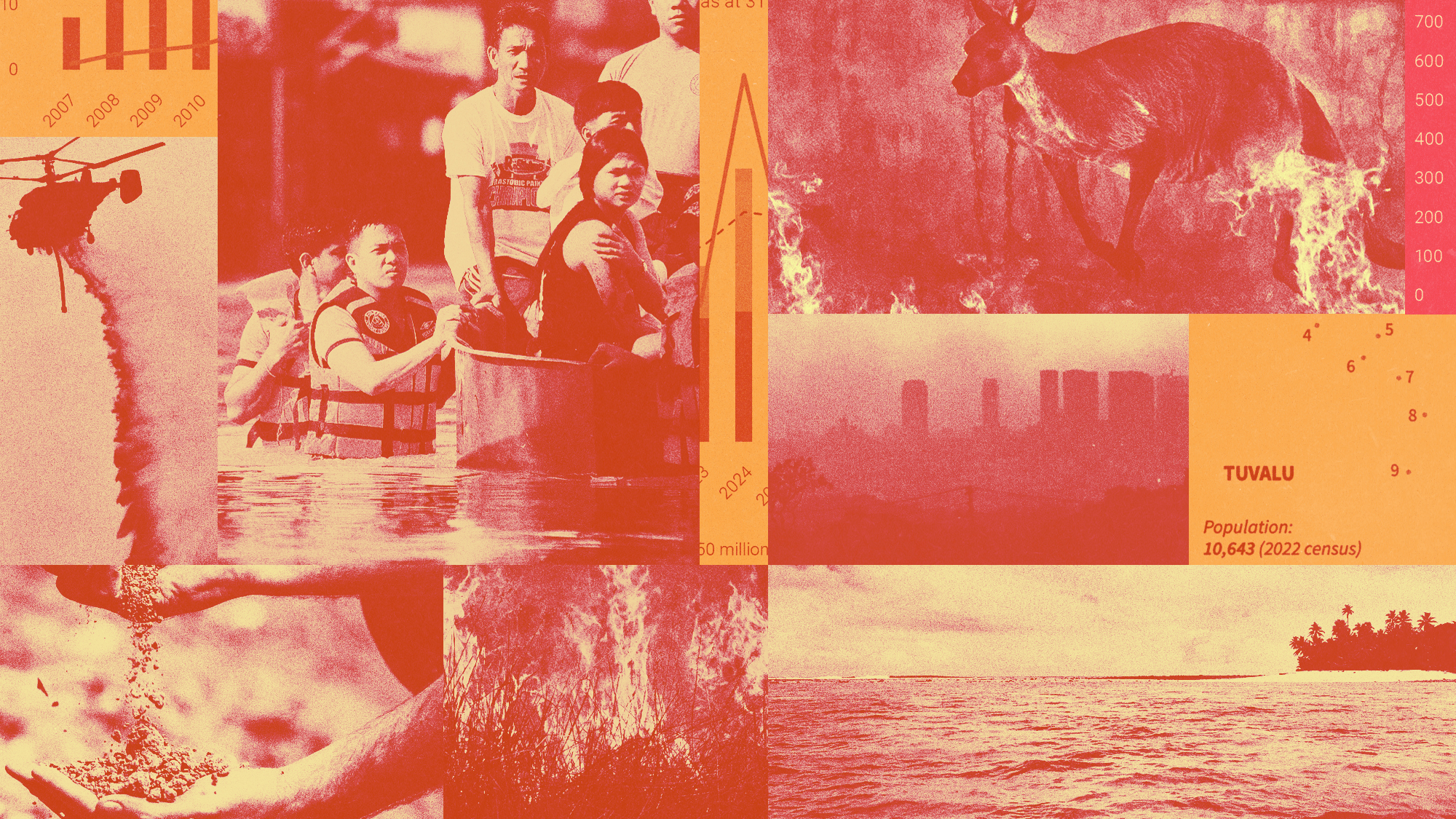 Can the world adapt to climate change?
Can the world adapt to climate change?Today's Big Question As the world gets hotter, COP30 leaders consider resilience efforts
-
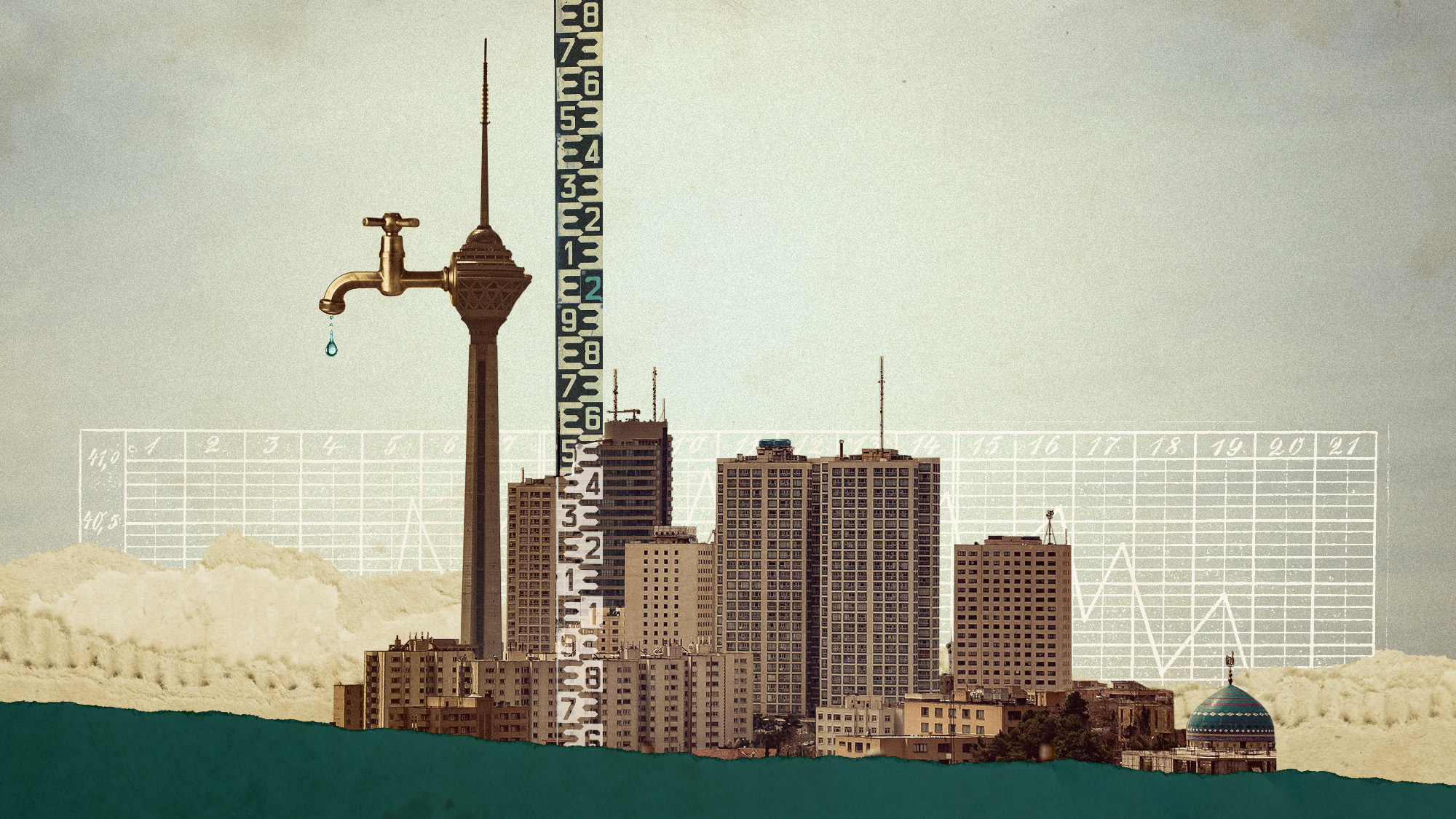 Taps could run dry in drought-stricken Tehran
Taps could run dry in drought-stricken TehranUnder the Radar President warns that unless rationing eases water crisis, citizens may have to evacuate the capital
-
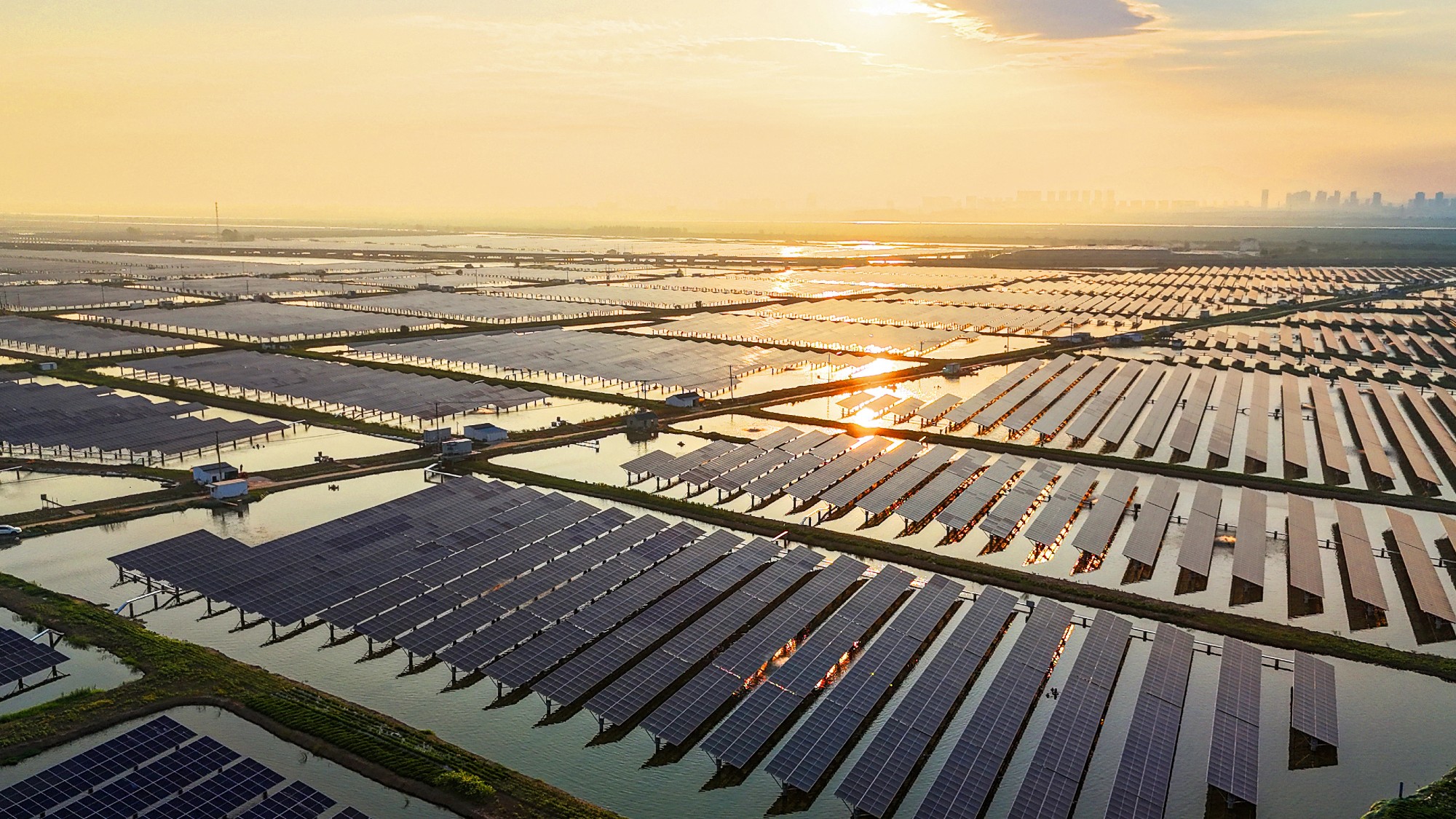 The future of the Paris Agreement
The future of the Paris AgreementThe Explainer UN secretary general warns it is ‘inevitable’ the world will overshoot 1.5C target, but there is still time to change course


